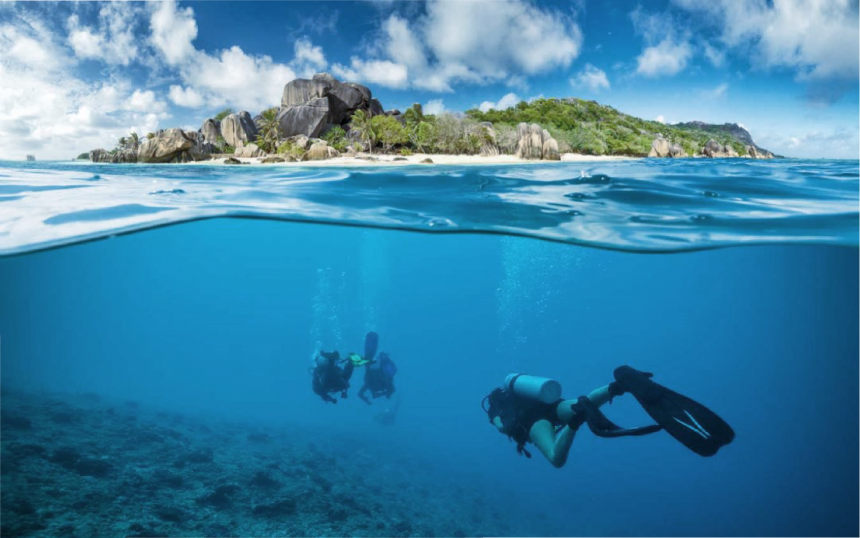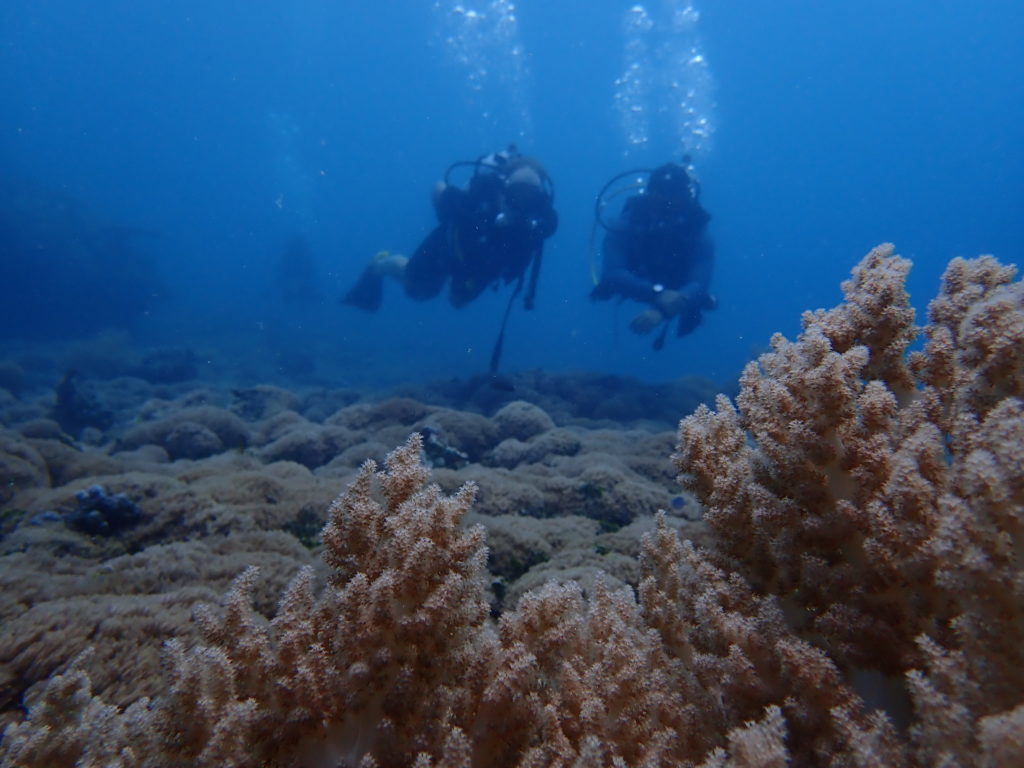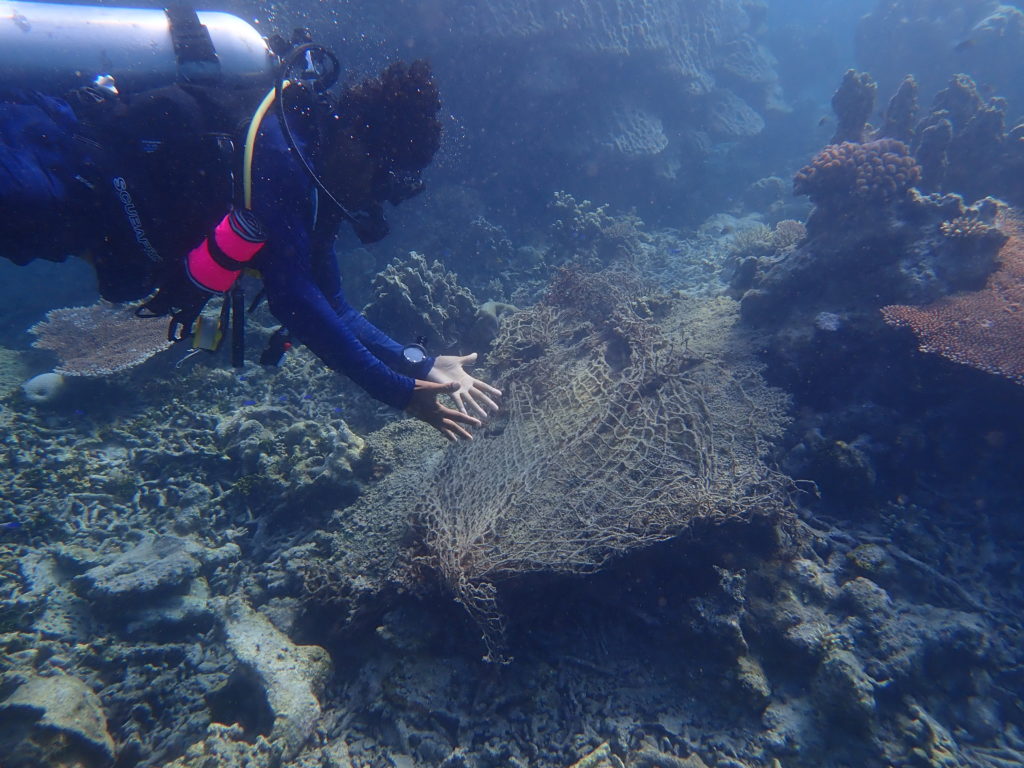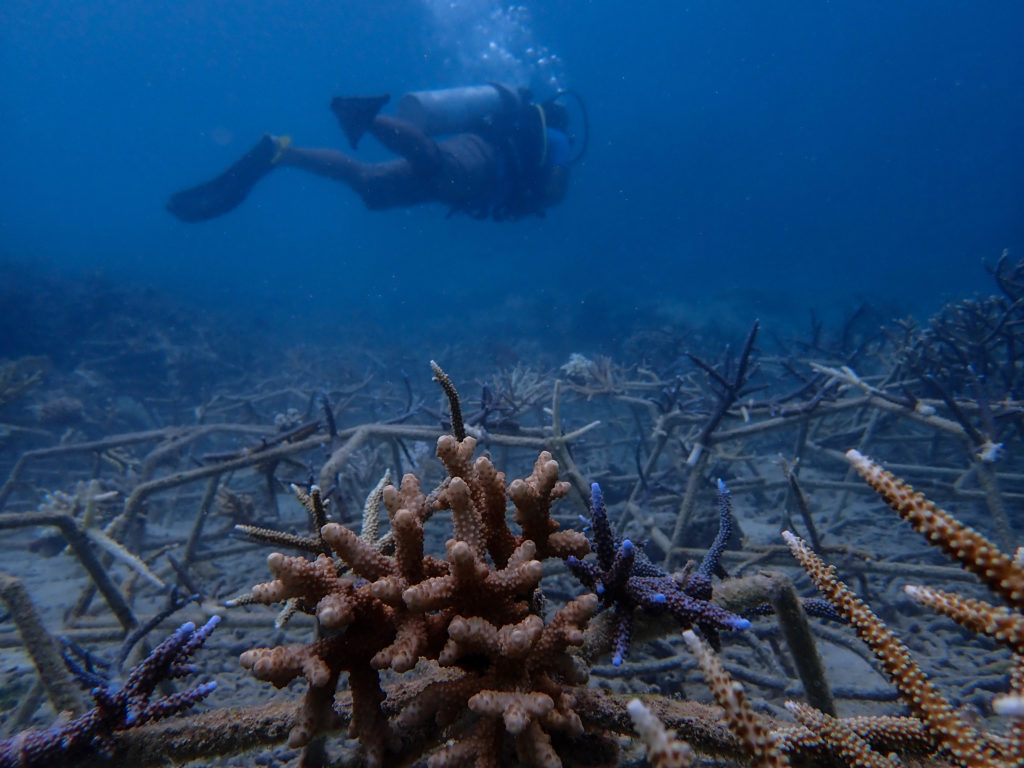Diving activity is considered an extreme sport because it’s a high risk activity and requires a specific set of skills to do it. But nowadays this activity is gaining more popularity as more places are providing diving courses and holiday islands offering diving activities for tourists.
Diving can be divided into two types based on its purposes: recreational or scientific diving. As the name suggests, the former is purely for underwater leisure and enjoyment. Plenty of tourist destinations known for beautiful beaches and underwater beauty most often offer paid recreational diving activities for visitors, hence boosting up the economy of the region and improving the local community by having locals as diving instructors or running dive centers.
Scientific diving meanwhile is defined by American Occupational Safety and Health Administration (OHSA) as “diving performed solely as a necessary part of a scientific, research, or educational activity.”1 Common activities done during scientific diving are collecting data and samples, surveys, species identification, documentation and marine conservation.
For both recreational and scientific, scuba diving is a popular method of underwater diving in which the diver carries a breathing apparatus (scuba) with them, allowing them more freedom and longer time to explore the sea world. However, anyone who wants to do this has to go through a series of trainings as scuba diving has lots of technical stuff and safety precautions that you need to understand.
Once you pass the training you will be given a certification showcasing your scuba diving level. If you took the course from an international diving organization like PADI your certification is valid all around the world.
There has been a study conducted that shows having the skills and ability to do underwater diving indirectly helps the process of restoring damaged marine ecosystems and maintain a healthy marine environment.2
Our very own marine biologists often scuba dive in Bawah Island to monitor the progress of our marine conservation activities and to gain samples and data needed for their own research. They of course have their own diving certifications and know the ocean like the back of their hands since almost all of our marine conservation efforts are done underwater: from reef health monitoring, coral conservation and turtle identification.
By doing underwater observations they can assess the progress we’ve made so far with our programs, evaluate which activity works best, which needs improvement and come up with more ideas to better protect the marine ecosystem in the Anambas.
References:
1 https://umaine.edu/scientificdiving/what-is-scientific-diving/
2 Sayer, Martin (2007). “Scientific diving: A bibliographic analysis of underwater research supported by SCUBA diving, 1995-2006”. Underwater Technology. 27: 75–94. doi:10.3723/175605407783360035
